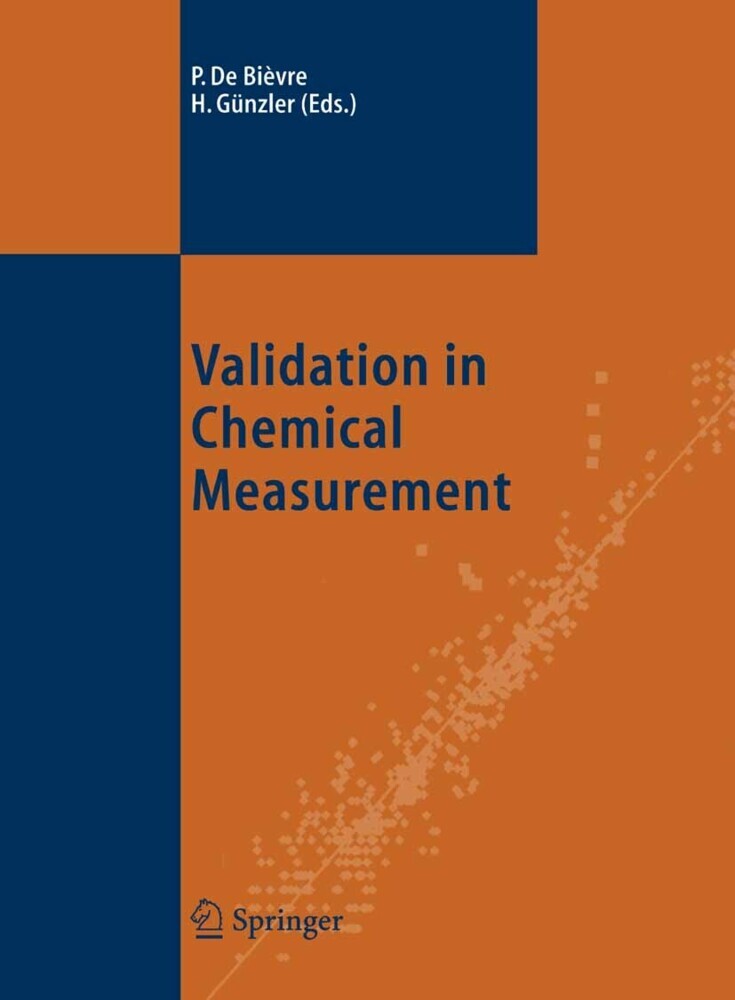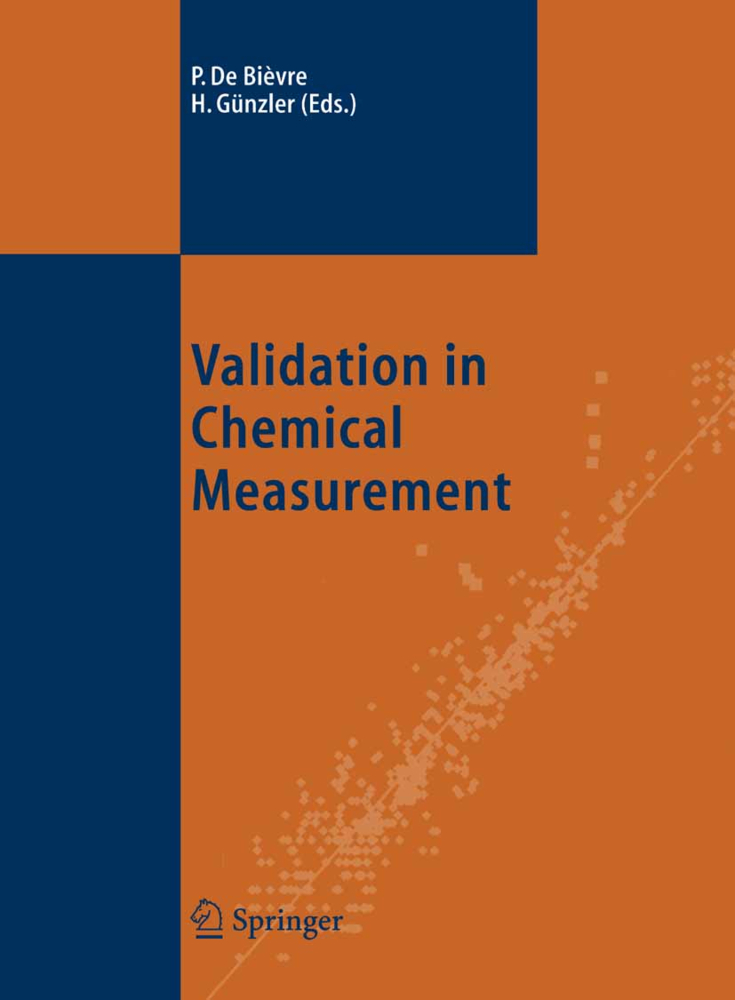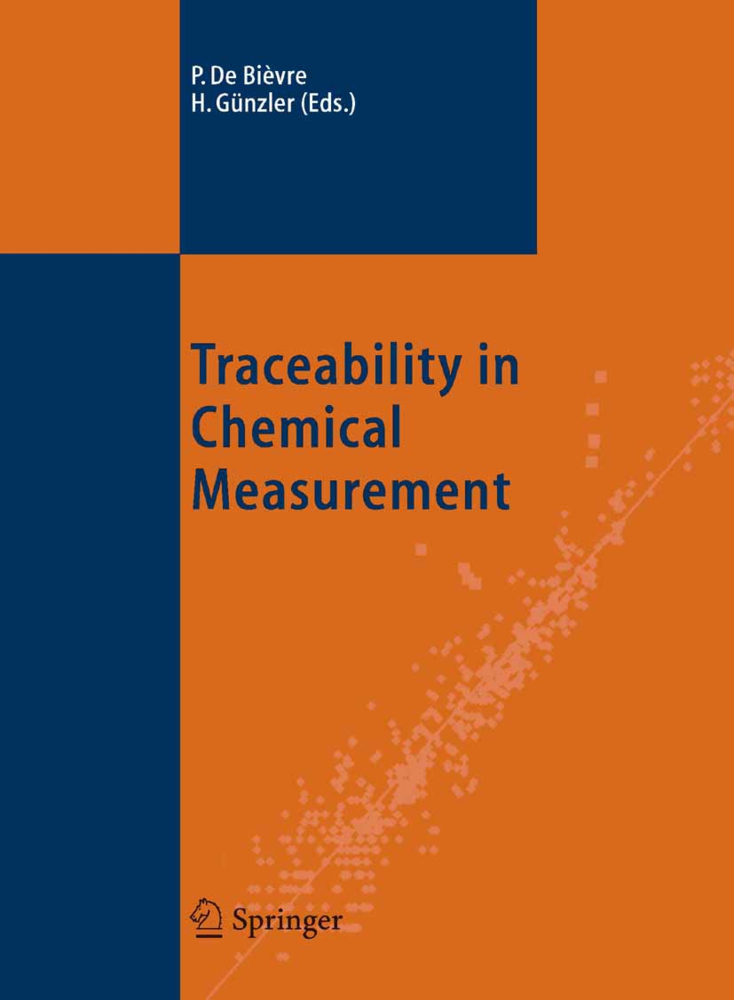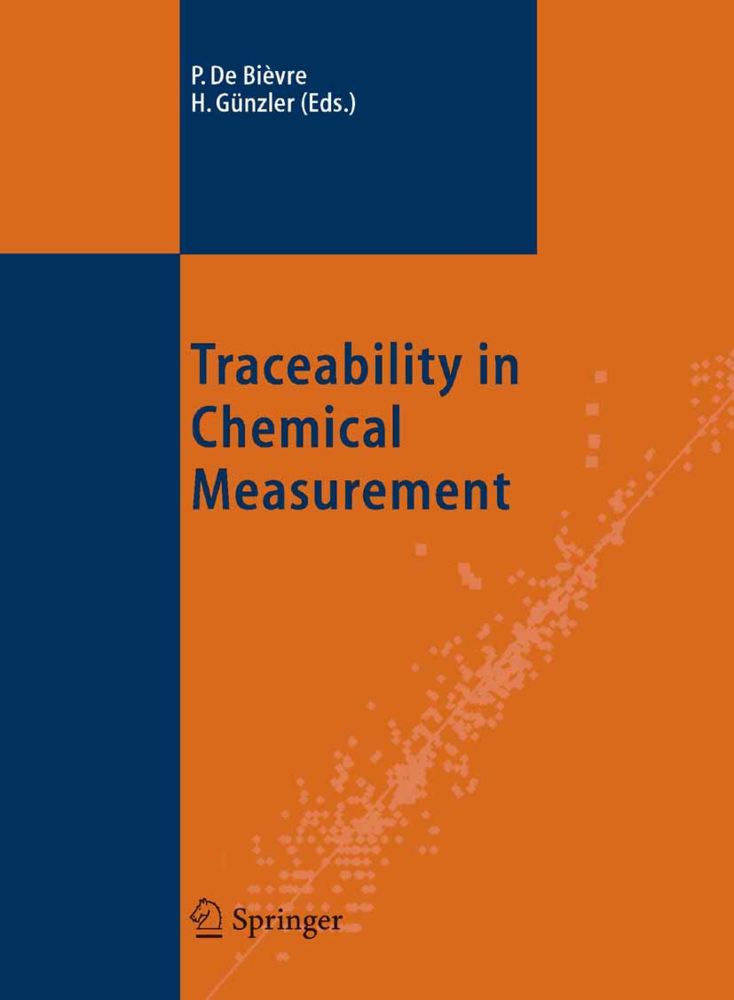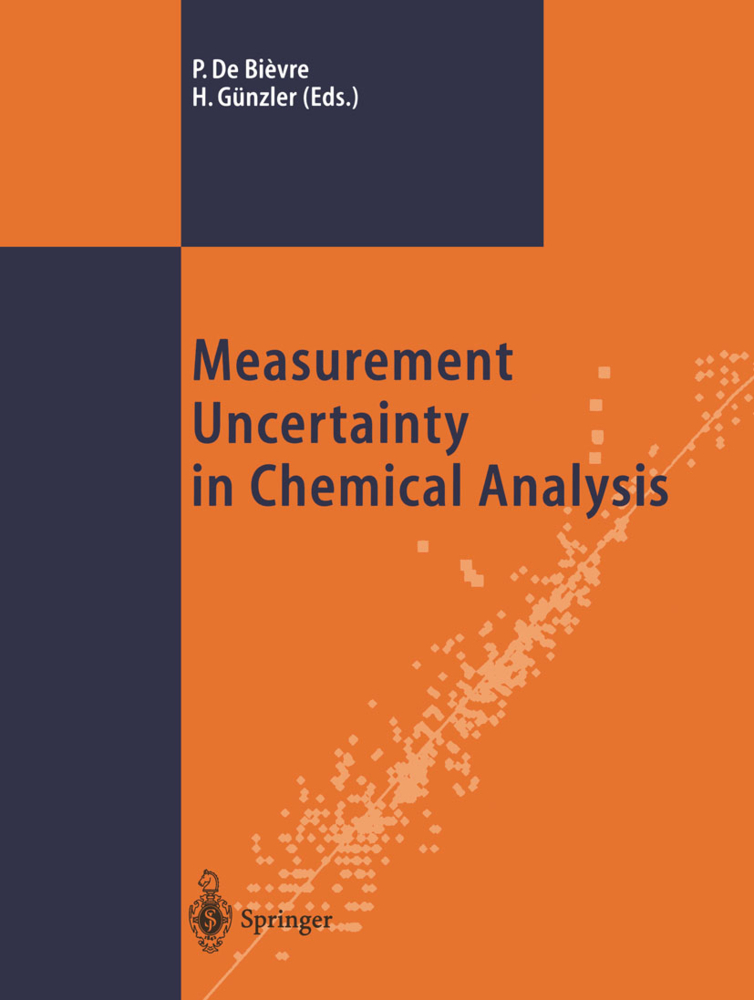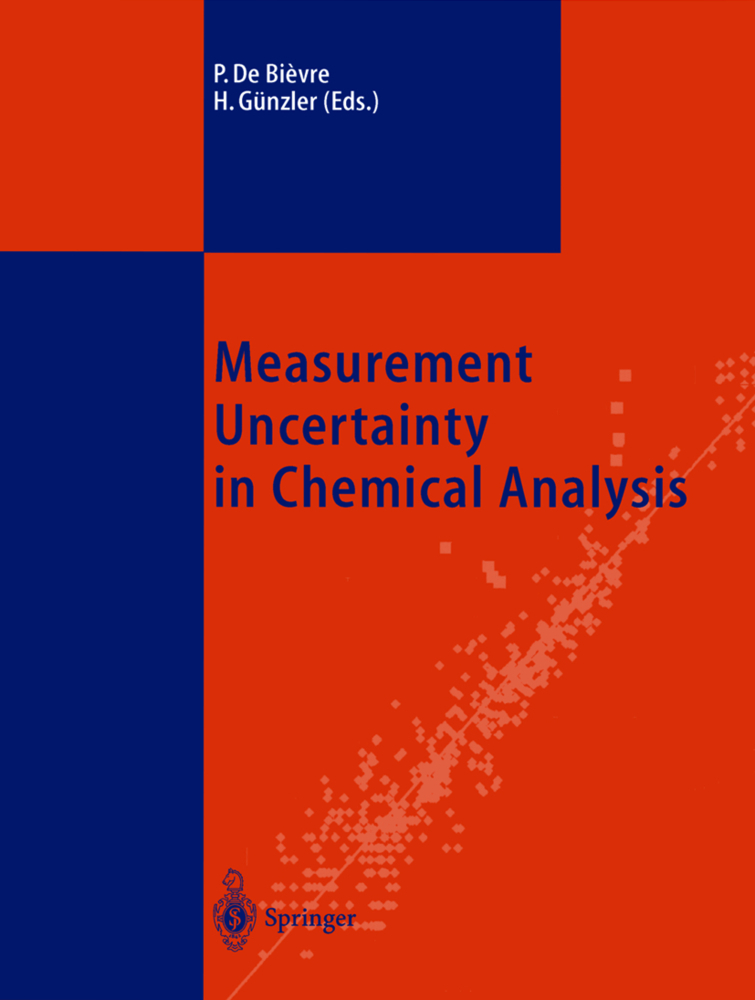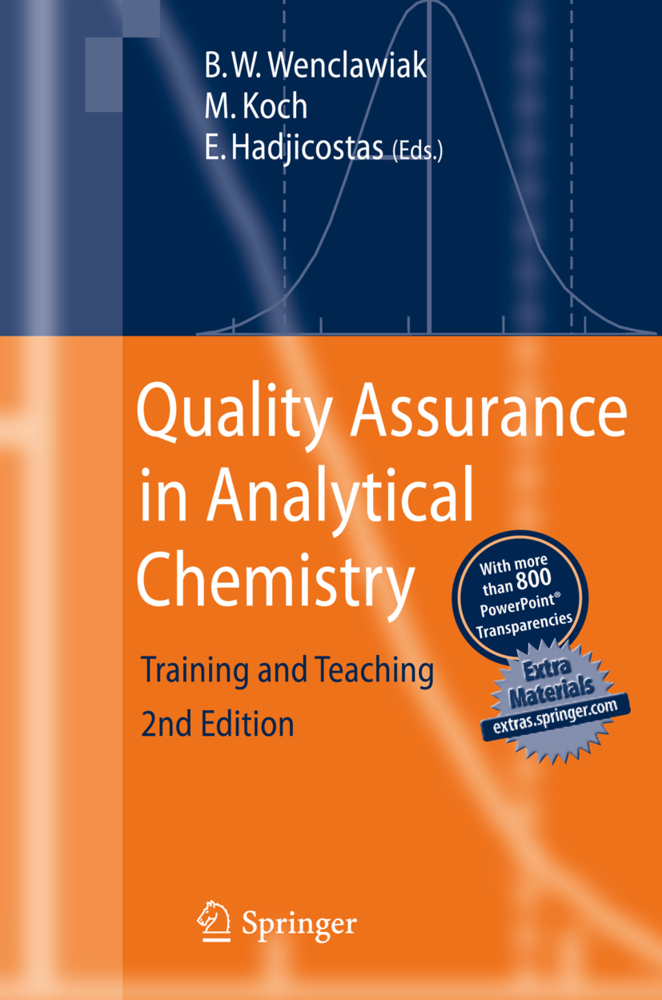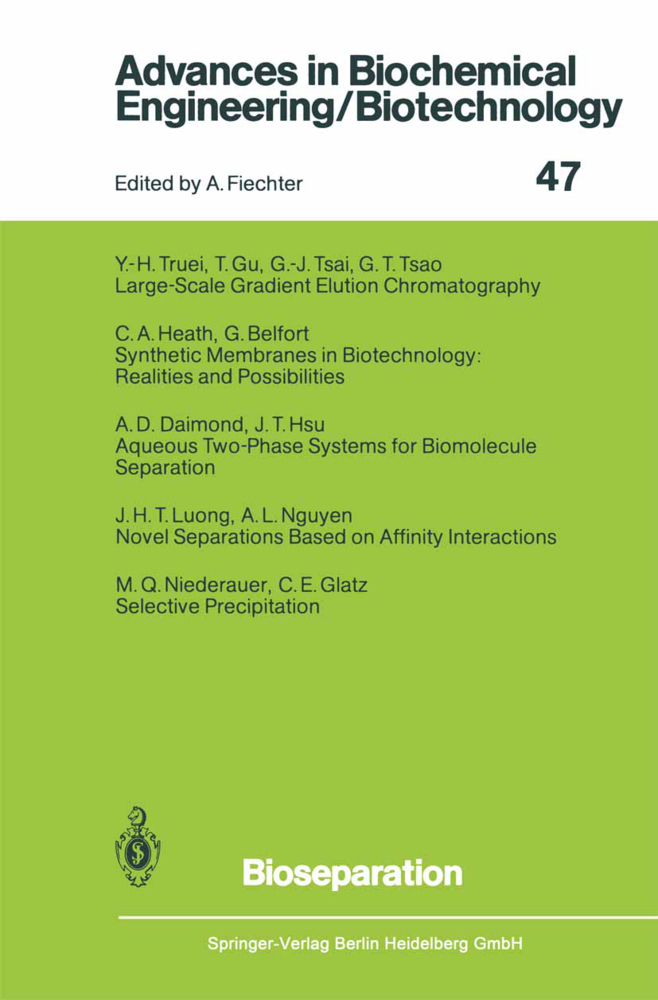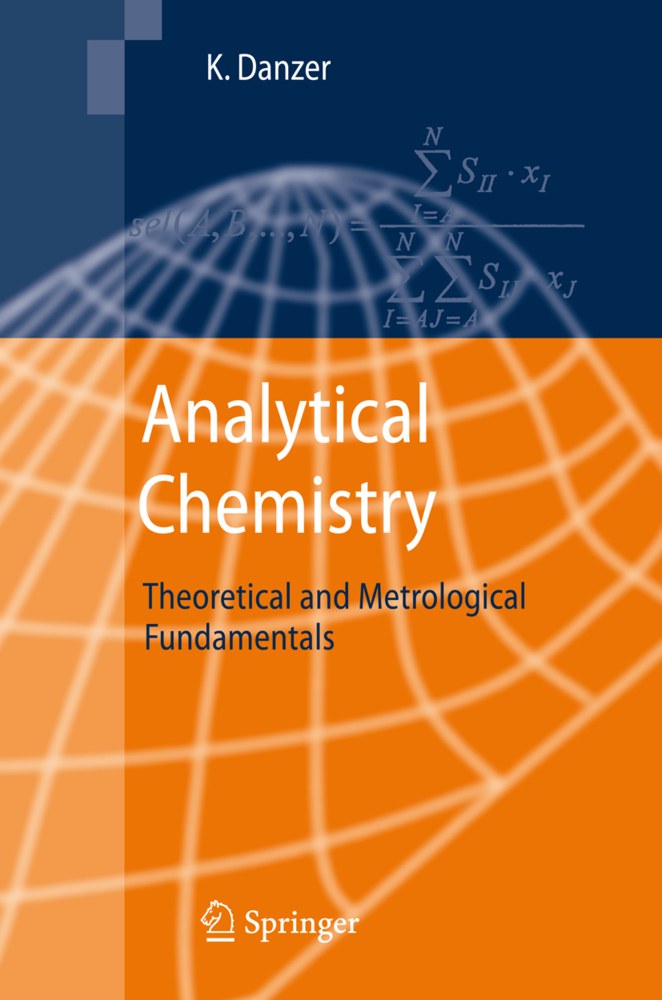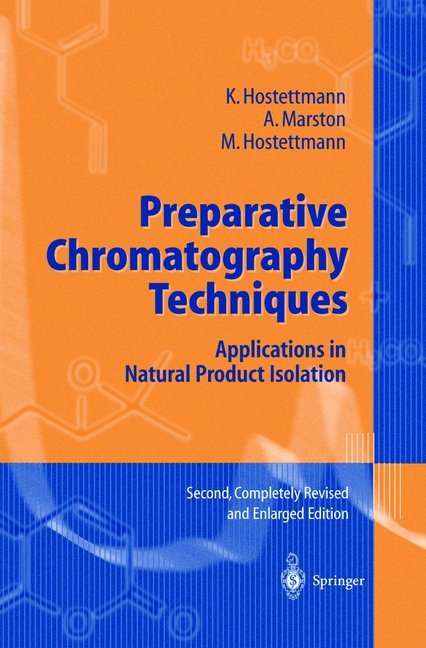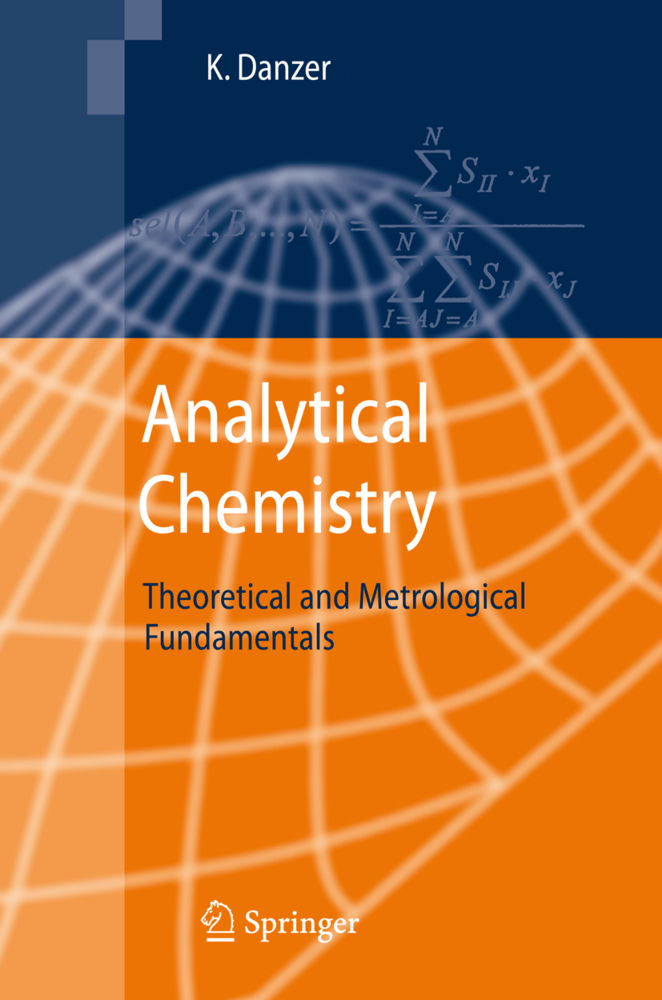The validation of analytical methods is based on the characterisation of a measurement procedure (selectivity, sensitivity, repeatability, reproducibility). This volume collects 31 outstanding papers on the topic, mostly published in the period 2000-2003 in the journal "Accreditation and Quality Assurance". They provide the latest understanding, and possibly the rationale why it is important to integrate the concept of validation into the standard procedures of every analytical laboratory. In addition, this anthology considers the benefits to both: the analytical laboratory and the user of the measurement results.
1;Preface;5 2;Contents;6 3;Contributors;8 4;Validation of a computer program for atomic absorption analysis;19 5;Instrumental validation in capillary electrophoresis and checkpoints for method validation;23 6;Qualification and validation of software and computer systems in laboratories Part 1: Validation during development;33 7;Clinical reference materials for the validation of the performance of photometric systems used for clinical analyses;40 8;Measurement uncertainty and its implications for collaborative study method validation and method performance parameters;46 9;Qualification and validation of software and computer systems in laboratories Part 2: Qualification of vendors;51 10;Qualification and validation of software and computer systems in laboratories Part 3: Installation and operational qualification;55 11;Qualification and validation of software and computer systems in laboratories Part 4: Evaluation and validation of existing systems;60 12;Analytical validation in practice at aquality control laboratory in the Japanese pharmaceutical industry;65 13;Validation of the uncertainty evaluation for the determination of metals in solid samples by atomic spectrometry;71 14;Validation requirements for chemical methods in quantitative analysis - horses for courses?;77 15;Validation criteria for developing ion-selective membrane electrodes for analysis of pharmaceuticals;82 16;Is the estimation of measurement uncertainty a viable alternative to validation?;85 17;Validation of an HPLC method for the determination of p-dichlorobenzene and naphthalene in mothrepellents;89 18;The evaluation of measurement uncertainty from method validation studies Part 1: Description of a laboratory protocol;93 19;The evaluation of measurement uncertainty from method validation studies Part 2: The practical application of a laboratory protocol;100 20;Automated ion-selective measurement of lithium in serum. A practical approachto result-level verification in a two-way method validation;110 21;Determination of hydrocarbons in water -interlaboratory method validation before routine monitoring;116 22;Interlaboratory quality audit program for potable water - assessment of method validation done on inductively coupled plasma atomic emission spectrometer (ICP-AES);121 23;A need for clearer terminology and guidance in the role of reference materials in method development and validation;125 24;Validation of salt spray corrosion test;130 25;Method validation and reference materials;137 26;Method validation of modern analyticaltechniques;143 27;Validation of test methods;148 28;Marketing Valid Analytical Measurement;152 29;Analytical procedure in terms of measurement (quality) assurance;157 30;Flexibilization of the scope of accreditation: an important asset for food and water microbiology laboratories;162 31;Different approaches to legal requirements on validation of test methods for official control of foodstuffs and of veterinary drug residues and element contaminants in the EC;168 32;Methods validation: AOAC's three validation systems;172 33;Observing validation, uncertainty determination and traceability in developing Nordtest test methods;176
| ISBN | 9783540270348 |
|---|---|
| Artikelnummer | 9783540270348 |
| Medientyp | E-Book - PDF |
| Copyrightjahr | 2005 |
| Verlag | Springer-Verlag |
| Umfang | 168 Seiten |
| Sprache | Englisch |
| Kopierschutz | Digitales Wasserzeichen |

